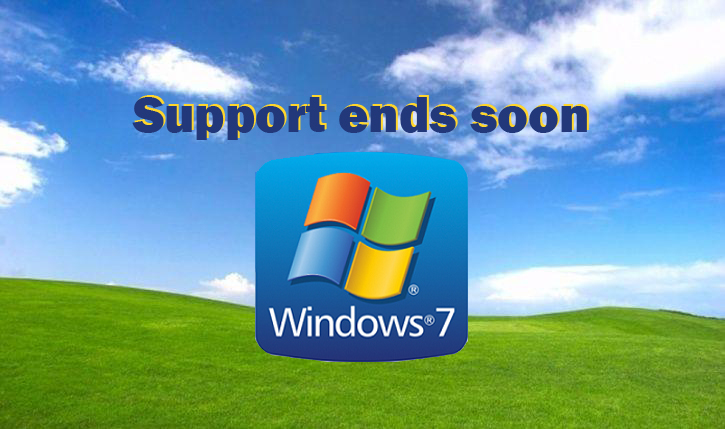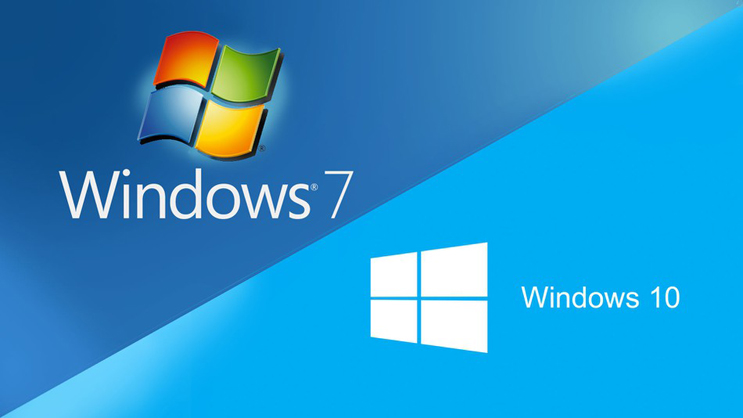
Support for Windows 7 is coming to a close with Microsoft retiring the operating system in January 2020, so it’s finally time to upgrade to Windows 10.
Mainstream support for Windows 7 ended in January 2015, but extended support has continued and ensured that the OS remains popular with both business and personal users. The familiarity of Windows 7 and the various criticisms that were labeled at Windows 8 have also enhanced its popularity, but it will soon represent a nonviable option. Accordingly, mass migration to Windows 10 is currently taking place and, due to the disruption this can cause, it’s crucial this is completed sooner rather than later.
Why You Need to Upgrade to Windows 10
There are a number of reasons why it’s paramount that you upgrade to Windows 10, so let’s take a look at some of them:
- Enhanced Security: Running Windows 7 past its retirement date represents a major security concern and it’s one that’s best avoided. At present, security patches are regularly issued by Microsoft to combat any security concerns. However, with support no longer available, Windows 7 will receive no such protection and will be wide open to attacks from hackers.
- Compatibility Issues: With Microsoft no longer supporting Windows 7, software and hardware manufacturers have little impetus to ensure their new products are compatible with it. After all, the security risk posed isn’t worth it and the numbers of Windows 7 users is set to plummet, so it’s not a good use of resources. If you do continue with Windows 7, though, you’ll gradually find that less and less new software/hardware will run on your system.
- Increased Productivity: Windows 10 brings a number of performance enhancements to the table and this can significantly increase your organization’s productivity. The startup process is noticeably faster and users find that they can execute numerous tasks more quickly in Windows 10 than with its predecessors. This helps you to not only get more done throughout the day, but ensures that you can keep pace with your competitors.
How Do You Plan Your Upgrade?
Upgrading to a new OS is a major step, so it’s important that you plan carefully to minimize the disruption that this can cause:
- Backup Your Data: Installing a new OS is a complex task and one that’s resource heavy on your PCs, so there’s every chance that something could go wrong. And this is why it’s important that your data is backed up to prevent any data loss from corrupted/failed installs.
- Roll out the Upgrades: Upgrading every member of staff to Windows 10 at once is a risky move as, if your upgrade plan is even just slightly flawed, this will impact upon your entire workforce. Instead, work on a roll-out plan that upgrades Windows 7 on a user by user basis. This approach allows you to monitor any potential problems and rectify them before too many users are affected.
- Train Your Staff: Windows 10 is packed full of new features and processes, but you need to make sure that your staff know how to use it and get the best out of it. Windows 10 is substantially different in its design to Windows 7 and, without the correct training, even the most experienced PC user will find they struggle.
For more ways to secure and optimize your business technology, contact your local IT professionals.
Read More



